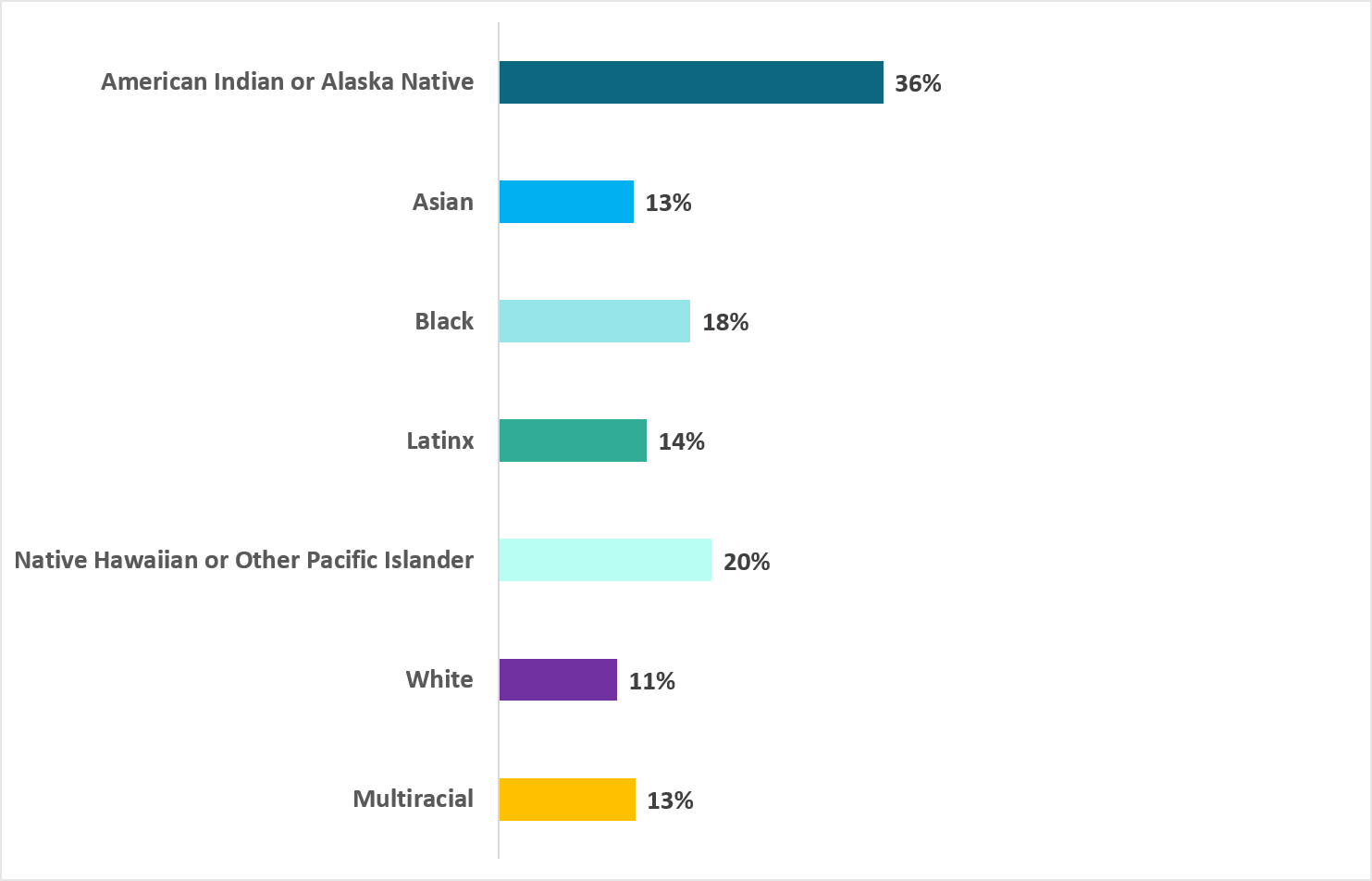Guest Post: Native American Exclusion as a Form of Paper Genocide
Guest Post: Native American Exclusion as a Form of Paper Genocide

Victoria Sutton
Member of the Lumbee Tribe
Texas Tech University School of Law
Recently, I applied for an NSF grant to survey the attitudes and perceptions of Native American scientists about human gene editing. The grant was rejected and one of the comments from a reviewer was essentially, “Why not include other ethnic and racial groups? Why just Native Americans?” I assumed I had done a poor job of explaining why this group would have culturally unique perspectives, and resubmitted. Needless to say, it was not funded.
The profound conclusion this reviewer must have made was that Native Americans have no different perspective from any other ethnic or racial minority group so why make any distinction since there is no value in asking “just” Native Americans their opinions.
The disappearance of Native Americans from statistical data for universities and law schools is not just a quirk of statistics. The word disappearance is intentional, and relates to the genocidal policies of first Great Britain and then the United States against the indigenous population in America. Not only was physical genocide embraced, but paper genocide as well, eliminating references to Native Americans in property records, census records, birth and death records in a paper genocidal policy.
There is no question about genocidal policies and the U.S. as a nation has denounced it and apologized for it, most recently President Obama. Paper genocide has been more subtle but generationally harmful. What amounts to a continuing theme of paper genocide, professional organizations, college data collectors and other observers leave Native Americans out of statistical data collection and reporting. Last year, I was able to find that the LSSSE study of law students included Native American students just as they considered other ethnic and racial groups, and I was able to access useful data for my own research.
From that data some important differences among racial and ethnic law students emerged from the question about how much time per week students spend caring for dependents. Native American law students spend considerably more time per week than other groups on dependent care. The data show that 36% of Native American law students spend more than 16 hours a week on dependent care (which includes taking care of children, parents, or grandparents) compared to 13% of Asian Americans, 18% of Black students, 14% of Latinx students, 20% of Native Hawaiians/Pacific Islanders, 11% of whites and 14% of multiracial students. This may explain why the data also show that Native Americans are more likely than others to say their schools contribute only “very little” to their non-academic responsibilities.
Figure 1. Time spent caring for dependents: More than 15 hours a week 
Because LSSSE has longitudinal data, it is clear that the high percentage of Native Americans who spend significant time on dependent care is consistent over time and not an anomaly just for 2019. The numbers are very small but we can still make some incredibly insightful findings with this data. Just reporting on “people of color” as one group would have masked this significant difference between Native Americans and other communities of color.
I was disheartened when the Princeton Review, a long time college guide for undergraduates, stopped collecting data on enrolled Native Americans at each university. Last year, I was shocked when a spokesperson from the American Institute of Architects (AIA) unapologetically announced to an annual meeting of Native American architects (AICAE) that they would no longer collect data on Native American architects as a distinct group—simply because it is a small group.
Recently, the NALP Foundation and the University of Texas at Austin School of Law, Center for Women in Law continued the unapologetic paper genocidal trend against Native Americans, when their report on “Women of Color: A Study of Law School Experiences” was released with the term “Native American” barely referenced in the entire 165-page report. They unapologetically proclaimed their study did not include Native Americans in the “Introduction” when they wrote, “The study further analyzes the experiences reported by women of color by Asian/Pacific Islander, Black/African-American, and Hispanic/Latina students.” The only mention of Native American data in the text of the report is on page 157 where they admit that this data simply disappeared into an amorphous group of “women of color,” without acknowledging how the experiences of Native Americans could be different from women of color as a whole.
This study, which received significant corporate sponsorship, could have allocated resources to oversampling Native American women students or finding other ways to include more Native Americans. The authors wrote in their “Introduction” that “ultimately, 46 law schools throughout the United States, joined by several law school affinity groups, agreed to participate in the study by distributing the survey instrument to their law students.” While convenient, this sampling procedure is flawed. As an academic who uses empirical methods in my research, I am shocked the authors did not use any methods to reach a population they knew was underrepresented in law school only to claim in their report that “low response numbers from other cohorts precluded reporting those results separately.” The problem is not low response rates, but flawed methods.
To avoid paper genocide, researchers have an obligation to be purposeful in their methods to reach and include Native Americans and share their disaggregated perspectives as part of reported findings. When researchers do not do this, at worst, they continue the practice of paper genocide and at best, it is an unapologetic microaggression.
To illustrate what being visible means to the Native American community, the title of the 2019 American Indian College Fund equity initiative is, “Creating Visibility and Health Learning Environments for Native Americans in Higher Education.”
[I]nvisibility is in essence the modern form of racism used against Native Americans. It is this invisibility that leads to a college access and completion crisis among Native American students. When a student is invisible, his or her academic and social needs are not met. This leads to students feeling alienated and alone, derailing their matriculation and the realization of their dreams and potential.
Quite simply put, any study purporting to be about “women of color” or “people of color” should include disaggregated data on Native Americans, too. To miss this point, is not only to engage in, but to embrace paper genocide of Native Americans.



